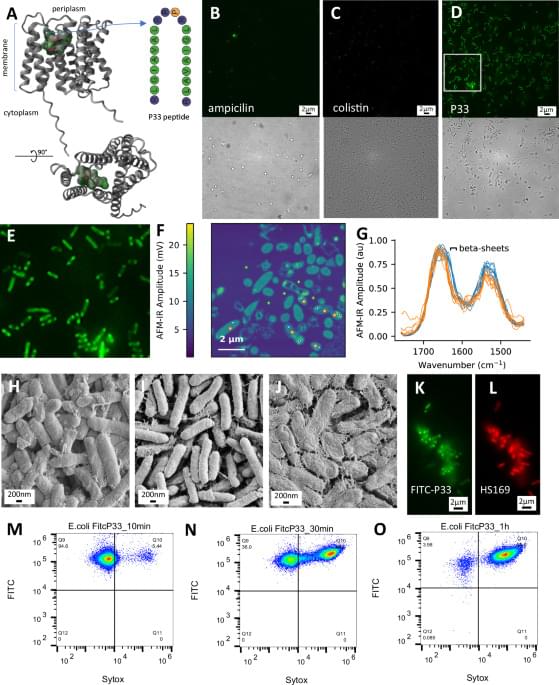The ImunifyAV malware scanner for Linux servers, used by tens of millions of websites, is vulnerable to a remote code execution vulnerability that could be exploited to compromise the hosting environment.
The issue affects versions of the AI-bolit malware scanning component prior to 32.7.4.0. The component is present in the Imunify360 suite, the paid ImunifyAV+, and in ImunifyAV, the free version of the malware scanner.
According to security firm Patchstack, the vulnerability has been known since late October, when ImunifyAV’s vendor, CloudLinux, released fixes. Currently, the flaw has not been assigned an identifier.









